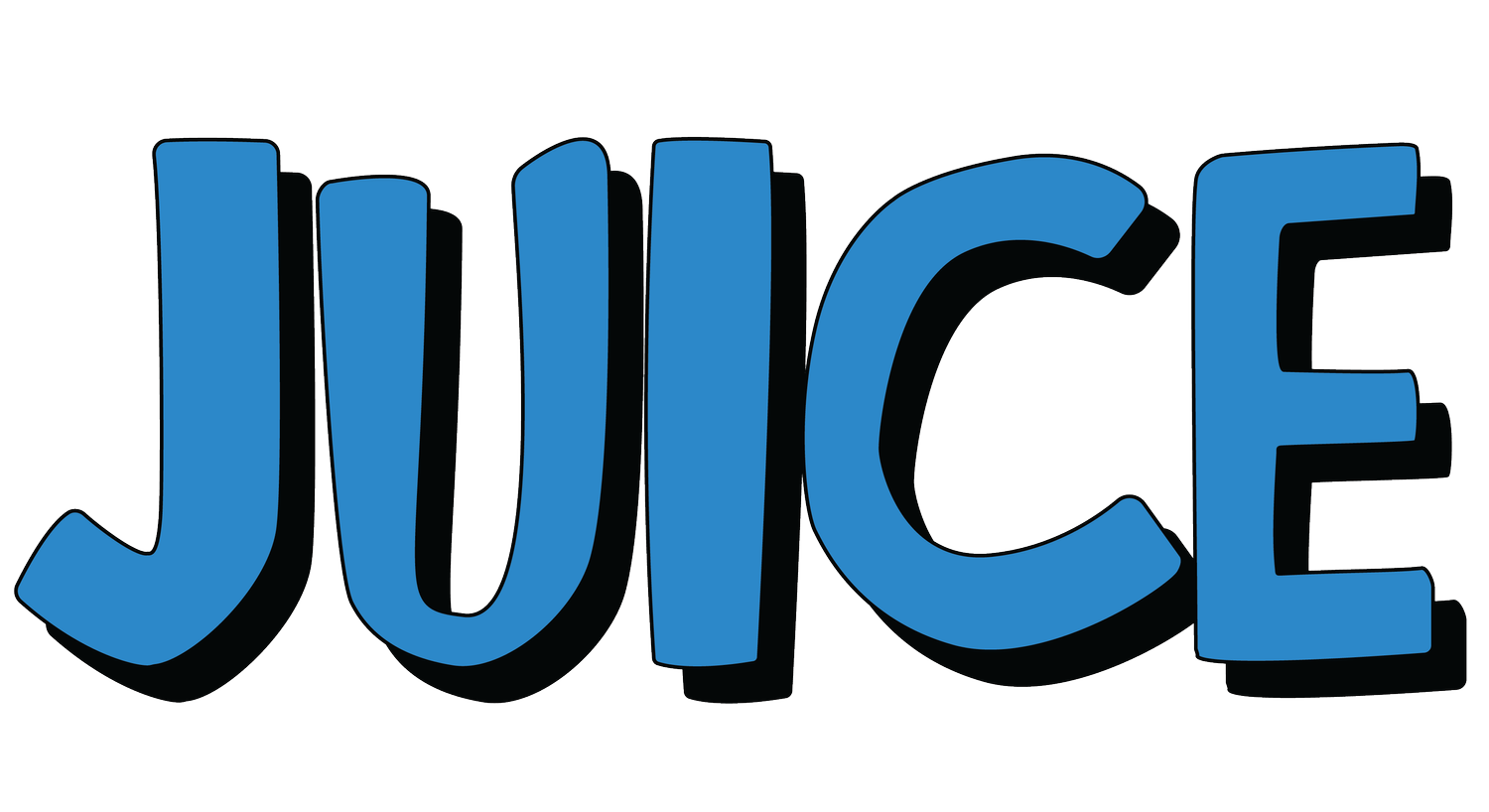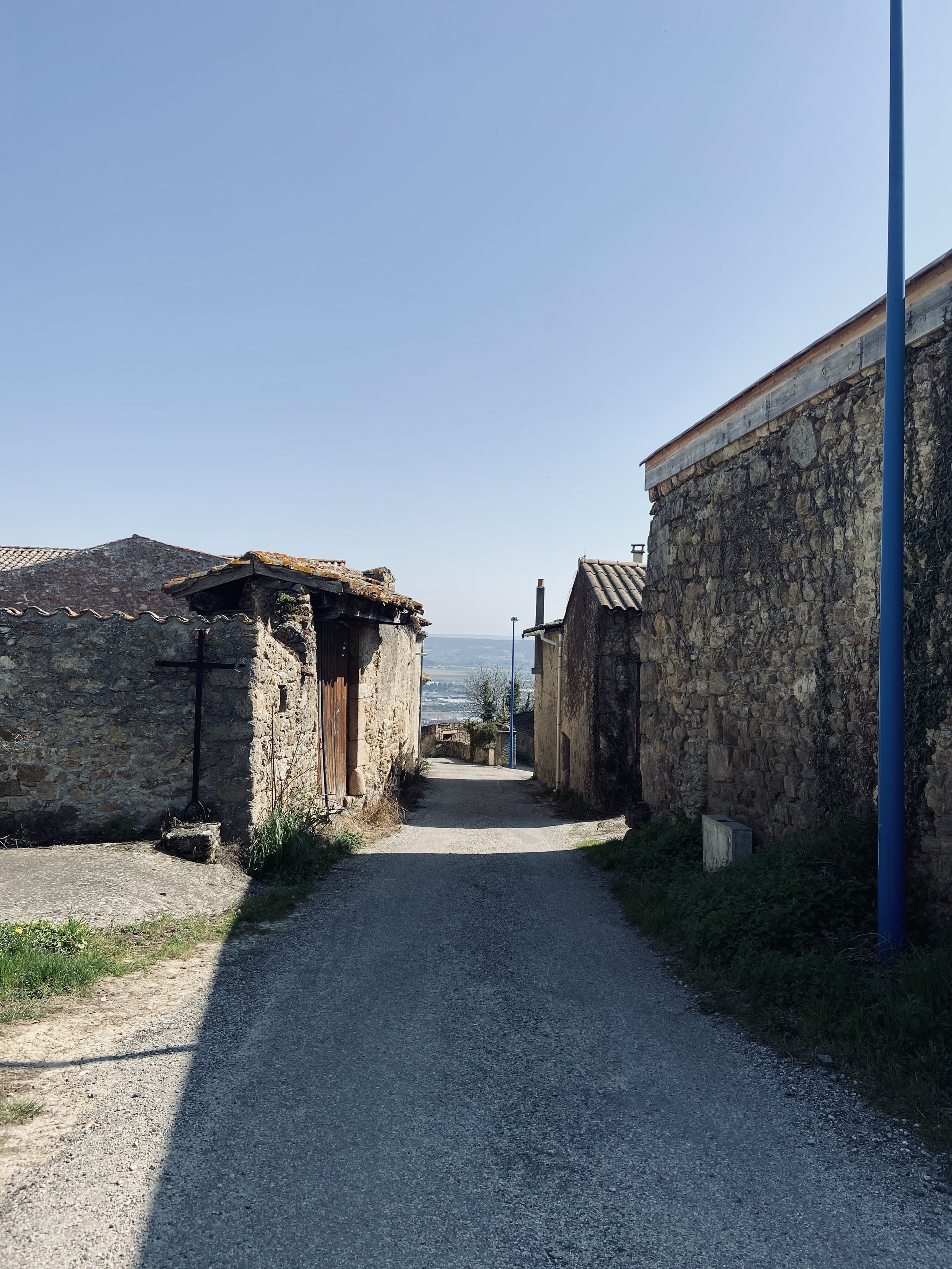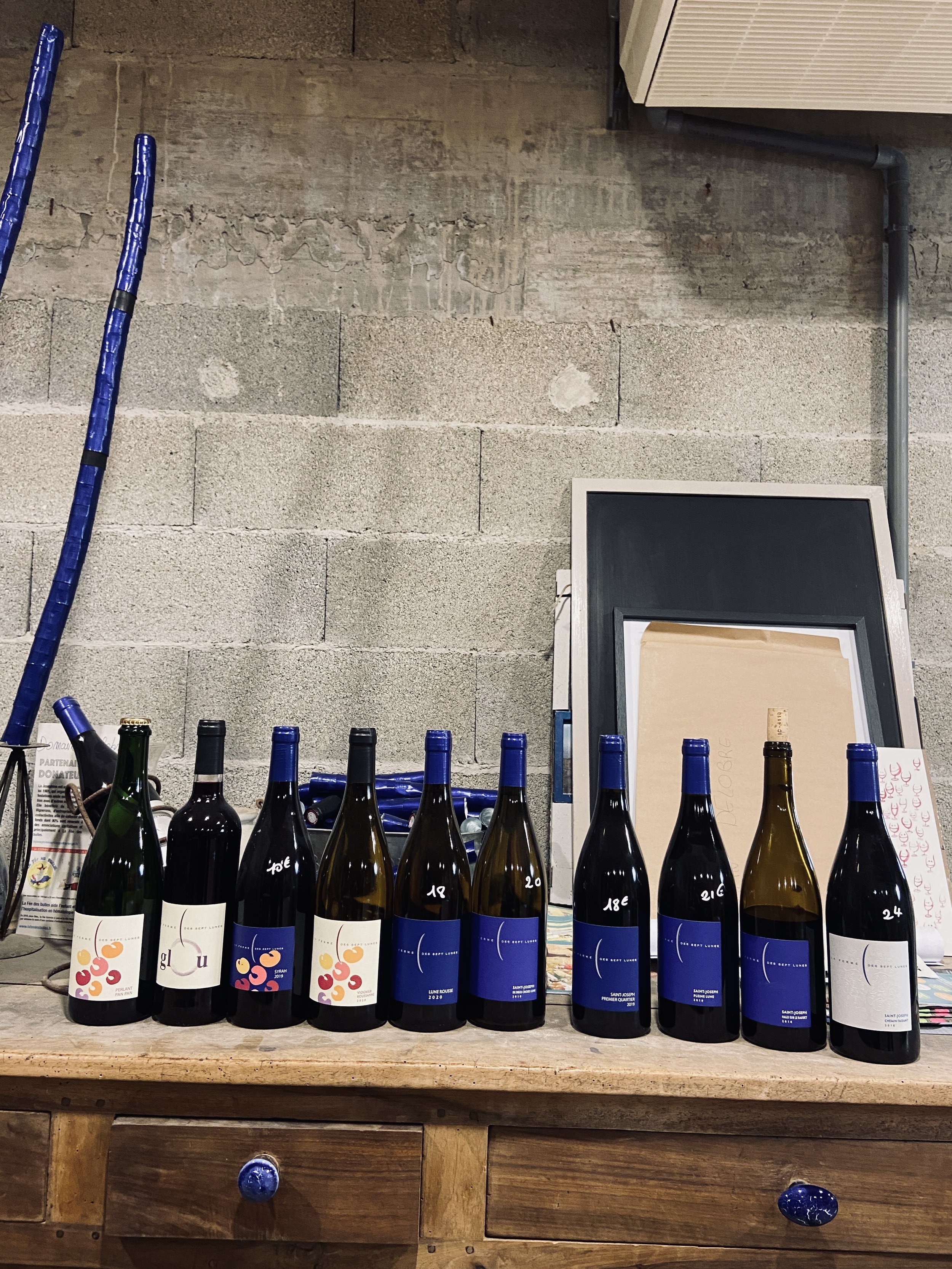LA FERME DES SEPT LUNES
-
I got off the train in Saint-Rambert-d’Albon and began walking. The town is located in the centre of the St-Joseph appellation on the valley floor, where soils are too rich for top-tier viticulture. I walked through the rough industrial streets, past a few vegetable farms, and found an old railway bridge to get me across the sprawling Rhone River.
Once I reached the other side, I began the steep hike to Bogy, up a series of switchbacks that rise 350m on the east-facing valley wall. Before entering the tiny ancient town, I stopped for a brief snack in a vineyard, a few slices of goat sausage and cheese from Condrieu. The buildings were a weird mix of agricultural and residential, but almost exclusively centenarian and made from stone. It only took a few minutes to circumnavigate before I found Jean Deblobre’s complex, several buildings built over generations. I joined him and his family for coffee, chatting with his sons before they went out to the vineyard to prune.
-
With his long blonde ponytail and smiling eyes, Jean is a true farmer. Although he’s best known for his wines, he also cultivates grains and apricots (he lost nearly his entire crop due to spring frosts in the last few vintages). His grandfather purchased the property in 1984, but the actual history goes back much longer. The original parcels expanded to include 7ha of vines in St-Joseph, and the generic Vin de France appellation spread across several towns, a few kms north to south. They converted to organics early on and, by 1997, were practicing biodynamics.
Like many, he began his winemaking career at the co-op. Realizing the potential of his fruit and other organic farmers, he created a small group within the co-op. They vinified their wines separately to great success. By 2001, he left the organization entirely, honing in on the acclaimed wines we now know and love.
-
We hopped in his van and drove south to see his site above Saint-Désirat. Wine maps tend to make St Joseph appear uniform, a coteau facing due east for X kms between Cote Rotie and Cornas, but many tributaries and side valleys result in extreme variability. Here, the steep terraced section faces south, maximizing ripeness in a region that once struggled. The decomposed granite soils are a staple of Jean’s vineyards.
We drove back to Bogy, stopping briefly behind the town to see his oldest block. The vines were planted fifty years ago using selection massale. Jean now uses them as a source of unique plant material for propagation, improving diversity on his farm.
We visited several adjacent parcels just beneath the town, overlooking the valley. Like most of his vineyards, the first was too steep for trellising, so young Syrah vines were held up on single stakes. Jean tends to leave meadows or small stands of trees between parcels to maximize biodiversity. The next vineyard, surrounded by forest, is shallow enough for vines on wires. His white grapes are the most adaptable to this trellising style, not to mention the slightly sandier soils.
You’ll see the occasional fruit tree punctuating the vineyard; they attract pollinators and predatory birds. Between the rows, he grows cover crops to balance the soils. They also help with erosion and water retention on the steepest blocks.
-
Each one of these parcels is fermented separately, reds in concrete and whites in stainless steel, even if they’re to be blended. Jean likes observing the subtleties created by varying degrees of granitic decay or aspect – we tasted roughly a dozen barrels before we even got to bottled wines. Unlike most of my favourite Syrah producers, his ferments are dominantly destemmed. He enjoys the texture of destemmed wines and finds the flavours associated with stems distracting. That said, his entry-level wines usually undergo a small amount of carbonic maceration to make them more approachable in their youth.
The labyrinth-like complex features many chambers; each wine ends up in a cellar that best meets its needs. Jean has actually ripped up the concrete floors so the wine can be in closer contact with the exposed earth – it’s subtleties like this that show just how much he cares.
In 2017, he teamed up with friend and neighbouring biodynamic farmer Jacques Maurice. He had a few hectares of Saint Joseph, Vin de France, and mixed fruit trees, all of which have helped stabilize their tiny production.
-
After our meeting, we watered the horses, and he offered to drive me to my accommodations in Tain. On the drive, he invited me for dinner with his wife and their two friends. I was so exhausted from nearly a month of travel and a whole day speaking French I declined. He persisted, informing me they were headed to François Ribo’s house. It turns out his wife’s sister is married to François, and they were celebrating her birthday. We’ll save the whole story for another time, but it was absolutely one of the most magical nights of my life.
I first tasted La Ferme des Sept Lunes’ Syrah after smuggling a bottle back from Portland, Oregon. It was 2015, and I had no idea what natural wine was, but I knew this had the peppery, stony quality I adored from the Northern Rhone, balanced by fleshy blue fruit. A year later, I reached out to Jean only to find out he had no wine to sell. I put the idea on the back burner while we grew the company until a friend of ours asked me about wineries worth visiting in the Rhone. After his family’s visit, he raved about how welcoming Jean was and about the stupendous quality of the wines. We finally received our first allocation seven years later and couldn’t be happier.
MORE FROM THE RHÔNE VALLEY: THIBAUD CAPELLARO | DOMAINE RICHAUD | MATTHIEU BARRET | MARTIN TEXIER
2019 ST JOSEPH PLEINE LUNE
This Syrah comes from a south-facing site high above the valley planted to terraces on granite above Saint-Désirat. The single-staked vines only yielded 23hl/ha resulting in elevated intensity and concentration. The grapes are entirely destemmed and fermented on skins in concrete tank for three weeks before pressing off. The wine undergoes a year-long élevage in neutral demi-muids and foudres before blending and an additional rest period in tank. The wine is bottled unfined and unfiltered without SO2. 13% ABV
2019 ST JOSEPH CHEMIN FAISANT
This wine comes from Jean’s oldest Syrah vines, planted in 1974 hundreds of metres above the valley floor. The terraced site features old selection massale on granite, yielding a minuscule 20hl/ha. The grapes are destemmed and fermented on skins in concrete for three weeks with occasional pigeage. It is then pressed off into neutral demi-muids (80%) and barriques (20%). The wine is bottled unfined and unfiltered without SO2. 14% ABV
2020 ST JOSEPH BLANC DE DEUX CHOSES LUNE
This wine is made from equal parts Roussanne and Marsanne, grown on granite just below the plateau. The slope here is gentle enough to train the vines on wires but only yields 23hl/ha. The grapes are direct pressed into neutral barriques and demi-muids for fermentation and élevage. A small amount of SO2 is added after malolactic conversion and again after the wine is fined with bentonite for bottling. 13.5% ABV























